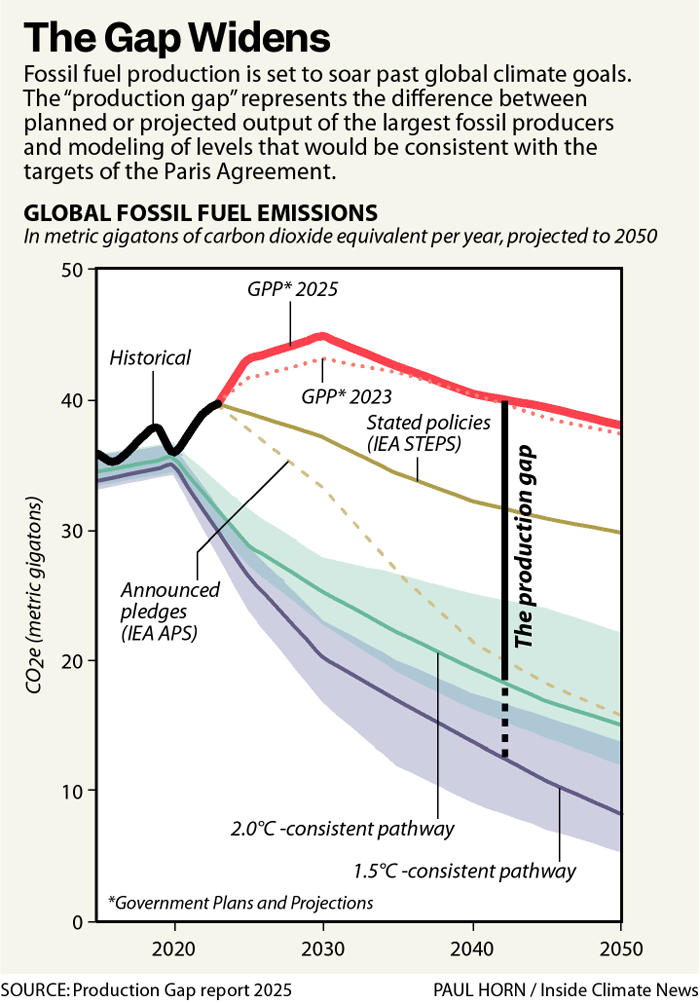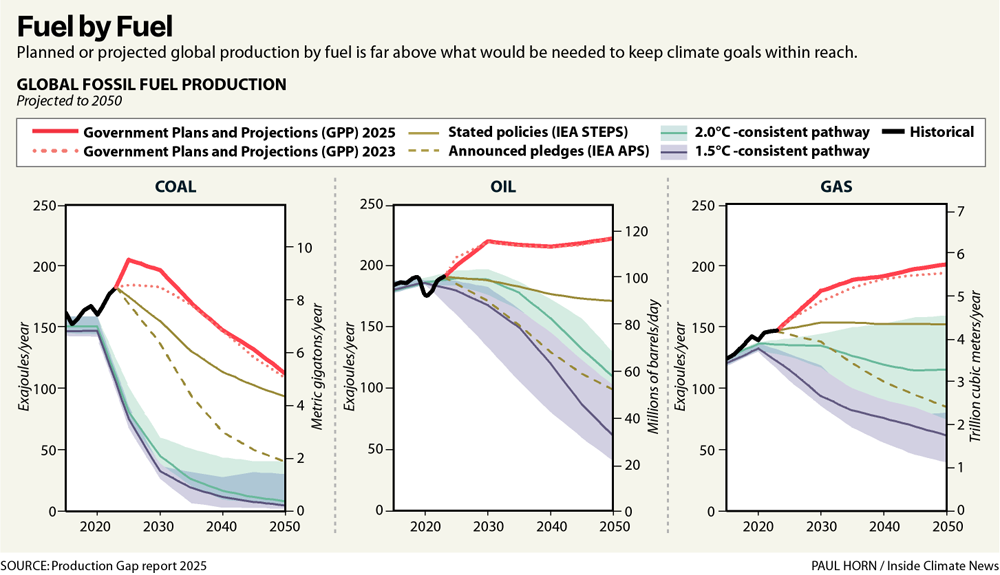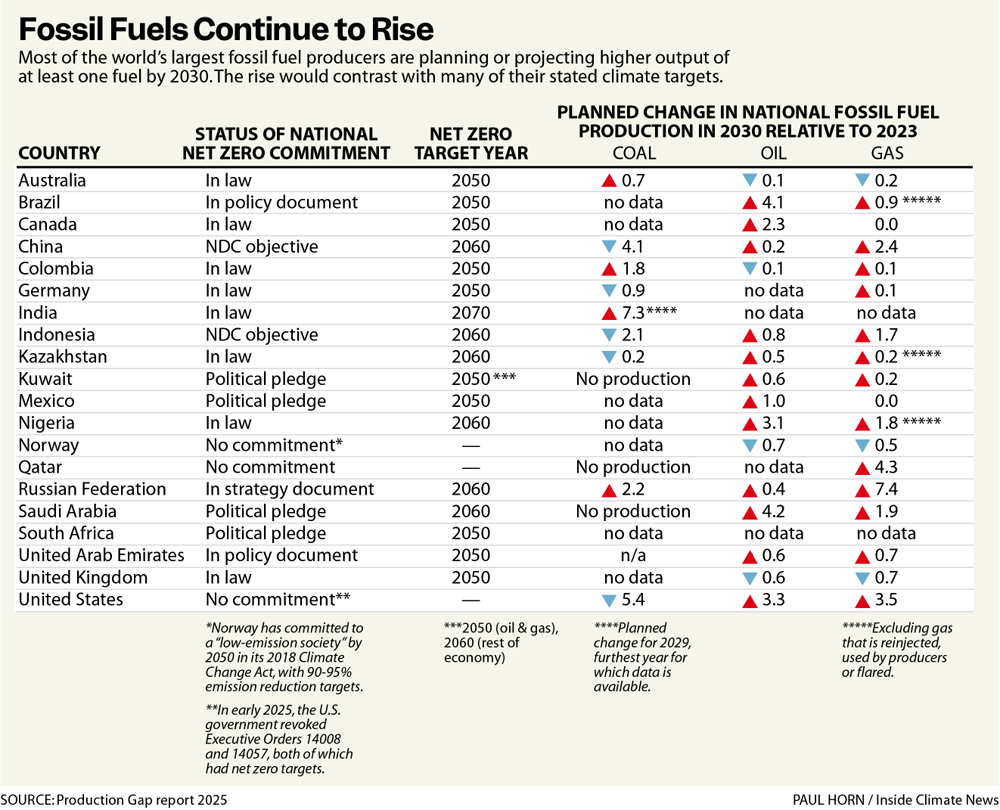Japan is running out of its favorite beer after ransomware attack
According to cyber security experts at the Tokyo-based group Nihon Cyber Defence (NCD), Japanese companies are increasingly seen as attractive targets for ransomware attackers because of their poor defenses and the fact that many companies simply paid the demanded sum through back channels.
In 2024 Japan’s National Police Agency said it had received 222 official reports of ransomware attacks—a 12 percent rise from the previous year, but experts at NCD said it represented just a small fraction of the real volume of attacks.
In a survey conducted by the agency, Japanese companies said that in 49 percent of ransomware cases, it took at least a month to recover the data lost in the attack. Asahi said in a statement that there was no confirmed leakage of customer data to external parties.
In a measure of growing public and private sector panic over cyber vulnerabilities, Japan passed a law in May that granted the government greater rights to proactively combat cyber criminals and state-sponsored hackers. The chair of the government’s policy research council at the time, Itsunori Onodera, warned that without an urgent upgrade of the nation’s cyber security, “the lives of Japanese people will be put at risk.”
Asahi, whose shares fell 2.6 percent on Thursday, not only produces Super Dry beer in Japan but also soft drinks, mints, and baby food, as well as producing own brand goods for Japanese retailers.
Asahi is still investigating whether it was a ransomware attack, according to a spokesperson.
As a result of the cyber attack, Asahi has postponed the planned launch of eight new Asahi products, including fruit soda, lemon-flavored ginger ale, and protein bars, indefinitely.
On Wednesday, Asahi trialled using paper-based systems to process orders and deliveries in a small-scale trial and it is in the process of figuring out whether to proceed with more manual-style deliveries.
Operations in other regions of the world, such as Europe, where it sells Peroni Nastro Azzurro, have not been affected by the cyber attack.
© 2025 The Financial Times Ltd. All rights reserved. Not to be redistributed, copied, or modified in any way.
Japan is running out of its favorite beer after ransomware attack Read More »

















